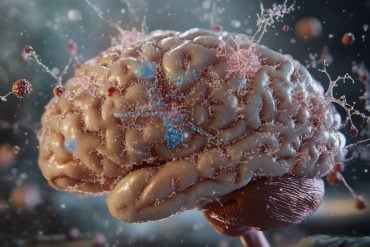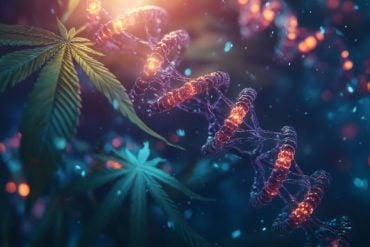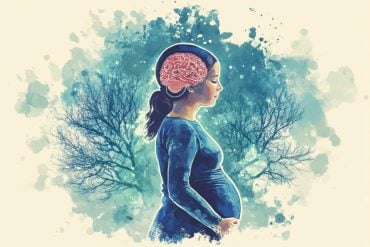Summary: Social isolation during key periods of adolescence leads to long-term disruptions in social behavior and activity in neural patterns.
Source: Mount Sinai Hospital
Mount Sinai Researchers find social isolation during key developmental windows drives long term changes to activity patterns of neurons involved in initiating social approach in an animal model.
Bottom Line: Loneliness is increasingly being recognized as a serious threat to mental health and wellbeing in our society. Our study in an animal model shows that social isolation during adolescence leads to long-term disruptions in social behavior and disruptions to activity patterns of a type of inhibitory neuron in the brain, which are frequently disrupted in psychiatric disorders including Schizophrenia. Activity patterns of these inhibitory neurons are sufficient to rescue social deficits induced by juvenile social isolation.
Results: Social behavior is composed of interactions where mice are actively exploring conspecifics or passively being explored. We find one population of neurons, parvalbumin expressing inhibitory neurons, increases in activity prior to an active, but not a passive social interaction. Brief activity of these neurons is sufficient to promote increased active social behavior. Juvenile social isolation during adolescence disrupts the activity of these neurons, leading to a decoupling of their activity and subsequent active social behavior initiation. Increasing activity of these neurons in adult animals that were socially isolated during adolescence restores normal social behavior.
Why the Research Is Interesting: The findings help us to understand how social experience during key windows of development might shape long term behavioral outcomes through changes to specific circuits in the brain. Understanding how social experience shapes outcomes can help us to overcome social deficits in cases of early life trauma or in neurodevelopmental and psychiatric disorders with social deficits.
Who: Mouse models deprived of social experience during the juvenile period.
When: Mice were deprived of social experience during a juvenile phase and their behavior and physiology were examined in adulthood.

What: The study measured activity of parvalbumin expressing inhibitory neurons during social interaction as well as input drive to these neurons.
How: We measured parvalbumin expressing inhibitory neuron activity during social behavior and manipulated activity of these neurons using advanced technologies.
Study Conclusions: Social experience early in life alters specific patterns of parvalbumin expressing inhibitory neurons in prefrontal cortex. This pattern of activity is essential for active social approach behavior in mice.
Source:
Mount Sinai Hospital
Media Contacts:
Elizabeth Dowling – Mount Sinai Hospital
Image Source:
The image is in the public domain.
Original Research: Open access
“Prefrontal parvalbumin interneurons require juvenile social experience to establish adult social behavior”. Lucy K. Bicks, Kazuhiko Yamamuro, Meghan E. Flanigan, Julia Minjung Kim, Daisuke Kato, Elizabeth K. Lucas, Hiroyuki Koike, Michelle S. Peng, Daniel M. Brady, Sandhya Chandrasekaran, Kevin J. Norman, Milo R. Smith, Roger L. Clem, Scott J. Russo, Schahram Akbarian & Hirofumi Morishita.
Nature Communications doi:10.1038/s41467-020-14740-z.
Abstract
Prefrontal parvalbumin interneurons require juvenile social experience to establish adult social behavior
Social isolation during the juvenile critical window is detrimental to proper functioning of the prefrontal cortex (PFC) and establishment of appropriate adult social behaviors. However, the specific circuits that undergo social experience-dependent maturation to regulate social behavior are poorly understood. We identify a specific activation pattern of parvalbumin-positive interneurons (PVIs) in dorsal-medial PFC (dmPFC) prior to an active bout, or a bout initiated by the focal mouse, but not during a passive bout when mice are explored by a stimulus mouse. Optogenetic and chemogenetic manipulation reveals that brief dmPFC-PVI activation triggers an active social approach to promote sociability. Juvenile social isolation decouples dmPFC-PVI activation from subsequent active social approach by freezing the functional maturation process of dmPFC-PVIs during the juvenile-to-adult transition. Chemogenetic activation of dmPFC-PVI activity in the adult animal mitigates juvenile isolation-induced social deficits. Therefore, social experience-dependent maturation of dmPFC-PVI is linked to long-term impacts on social behavior.






